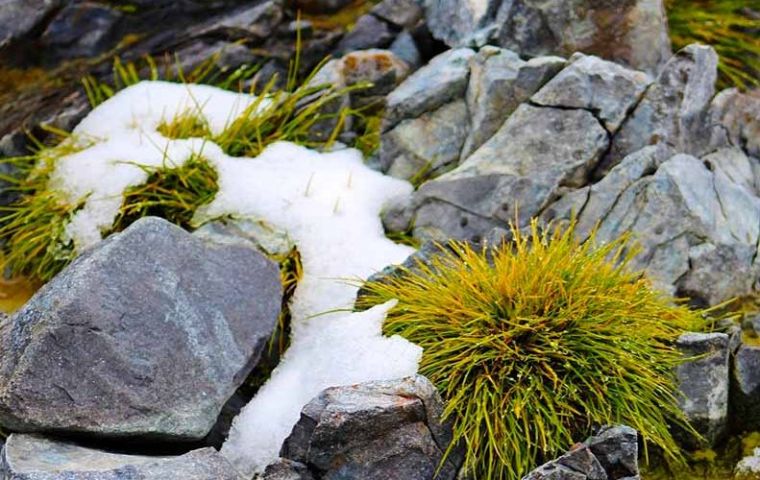Antarctica, the Earth’s coldest and most inhospitable continent, has been a pristine wilderness for centuries. However, recent scientific research has revealed a surprising transformation: flowers bloom in the region, a phenomenon that has significant implications for the global climate crisis. This change is not only due to the region’s intrinsic beauty but also to the potential impact of climate change. Antarctic Pearlwort and Antarctic Hair Grass, native to Antarctica, are experiencing a botanical revolution due to rising temperatures primarily driven by human activities. These plants are experiencing unprecedented growth rates, indicating a newfound abundance of life in a harsh environment. However, this abundance also has ecological consequences that require immediate attention and action.
Understanding the Antarctic Hair Grass and the Antarctic Pearlwort, native vascular plants responsible for new floral growth, is crucial before delving into Antarctica’s remarkable changes. Deschampsia antarctica, or Antarctic Hair Grass, is a hardy plant species native to Antarctica that has adapted to harsh conditions like cold temperatures, strong winds, and limited sunlight. Known for its tufted, grass-like appearance, it has been a vital part of the region’s ecosystem. The Antarctic Pearlwort, also known as Colobanthus quitensis or the Antarctic Carnation, is a native vascular plant in Antarctica, known for its rare white and pink flowers, making it a remarkable species surviving in harsh environments. Signy Island, a part of the South Orkney Islands, is a vital site for studying the impact of climate change on Antarctic ecosystems, as scientists have been monitoring plant growth for decades.

Between the 1960s and 2009, Antarctic Hair Grass and Antarctic Pearlwort on Signy Island experienced steady growth. However, between 2009 and 2019, their growth rates significantly accelerated, with Hair Grass experiencing a tenfold increase and Pearlwort growing five times faster than in previous decades. Antarctica’s plant growth is primarily driven by the warming climate caused by human-induced global warming. Previously cold, the island’s rising temperatures have allowed native plants to thrive in milder conditions despite other factors like fur seal trampling. The Antarctic Hair Grass and Antarctic Pearlwort are rapidly growing, posing a threat to the native mosses and lichens in Antarctica. These slow-growing species have evolved to withstand the harsh environment and play a crucial role in stabilizing the ecosystem. The mosses and lichens, which have long been the dominant vegetation types, provide essential habitats and sustenance for microorganisms and insects. However, the rapid growth of these plants could potentially outcompete the slower-growing species for resources, disrupting the delicate balance that has existed for millennia. The introduction of non-native plant species to Antarctica, driven by climate change and favorable growing conditions, poses a significant threat to the delicate ecosystem. Invasive species often outcompete native flora and fauna, leading to a loss of biodiversity and disruption of ecosystem services. The global transport of non-native seeds, which can be transported unintentionally, has also increased the likelihood of these seeds being transported to Antarctica. This could be due to clothing, equipment, or vehicles used by researchers and tourists, further exacerbating the risk of invasive plant species establishing themselves in the region.

The blooming of flowers in Antarctica is a stark reminder of the global climate crisis’s impact on the fragile Antarctic ecosystem. The rapid changes brought about by climate change threaten to destabilize this delicate balance, potentially leading to irreversible neurological damage. The transformation of Antarctica’s vegetation underscores the urgent need for conservation efforts to protect the native flora and fauna, preserving the continent’s biodiversity and ecological integrity. The emergence of flowers in Antarctica serves as a call to action, emphasizing the urgency of addressing the climate crisis and reducing greenhouse gas emissions to protect the planet’s most vulnerable ecosystems.















Omar Kinsey • Feb 12, 2024 at 3:57 pm
This is very scary. If only someone could save the animals on the country, Nothing would happen to them.